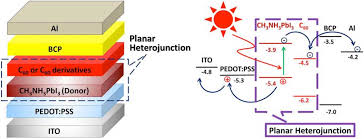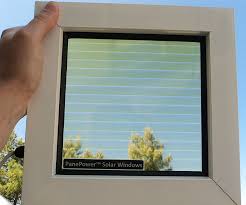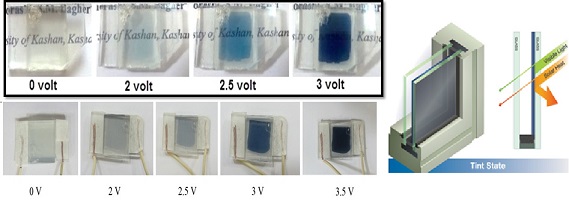| نویسندگان | فرزانه حاذقی,سمانه مظفری,سیدمحمدباقر قریشی |
|---|
| نشریه | Journal of Solid State Electrochemistry |
|---|
| شماره صفحات | 1427 |
|---|
| شماره مجلد | 24 |
|---|
| ضریب تاثیر (IF) | ثبت نشده |
|---|
| نوع مقاله | Full Paper |
|---|
| تاریخ انتشار | 2020-05-24 |
|---|
| رتبه نشریه | علمی - پژوهشی |
|---|
| نوع نشریه | الکترونیکی |
|---|
| کشور محل چاپ | ایران |
|---|
| نمایه نشریه | JCR |
|---|
چکیده مقاله
Cu-Ni bimetallic organic frameworks were synthesized by a facile and stepwise solvothermal method, utilizing metal organic
framework as precursor. Core-shell CuO@NiO nanospheres were obtained by calcining the bimetallic organic frameworks at
400° C in the air atmosphere. NiO nanospheres were also prepared by calcining the Ni-BTC nanoparticles in the same conditions.
Core-shell CuO@NiO and NiO nanoparticles synthesized by this procedure were employed in fabrication of perovskite solar
cells (PSCs) as hole transport layer (HTL). In comparison with the performance of the NiO HTL–based PSC, device with coreshell
CuO@NiO HTL exhibited a greater photon conversion efficiency 10.11% with a current density of 21.80 mA cm−2, an
open-circuit voltage of 0.91 V, and a fill factor of 0.51, which is about 15% higher than that of the PSC with NiO HTL (8.58%).
The excellent performance of PSC based on core-shell CuO@NiO HTL is mainly attributed to the high extraction of charge
carrier due to favorable energy level alignment between perovskite and hole transport layer, increase in HTL conductivity, and
decrease of defect density in the surface and bulk of HTL. The stability test of devices showed outstanding long-term stability for
the inorganic HTL-based PSCs. The devices with NiO and CuO@NiO HTLs maintained more than 52% and 60% of their
original efficiency after 1920 h (80 days), respectively. In contrast, the cell with spiro-OMeTAD retained only 31.74% of its initial
efficiency under the same storage conditions after 1248 h (52 days).




